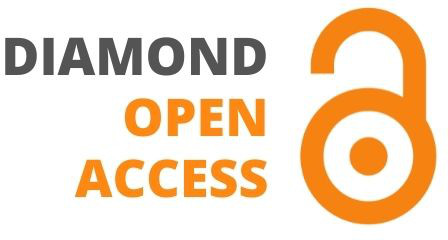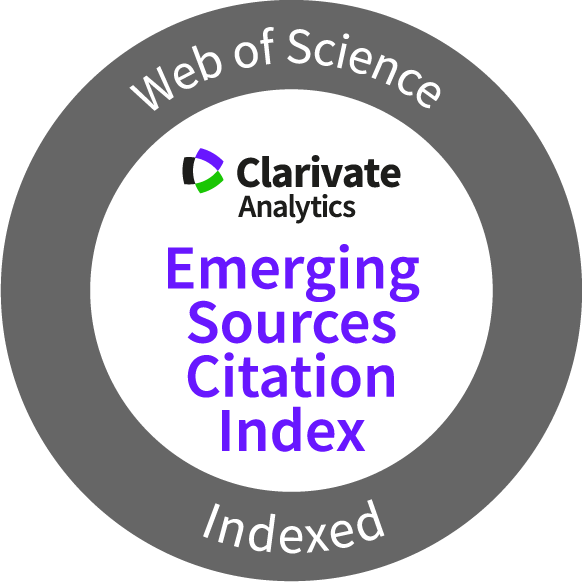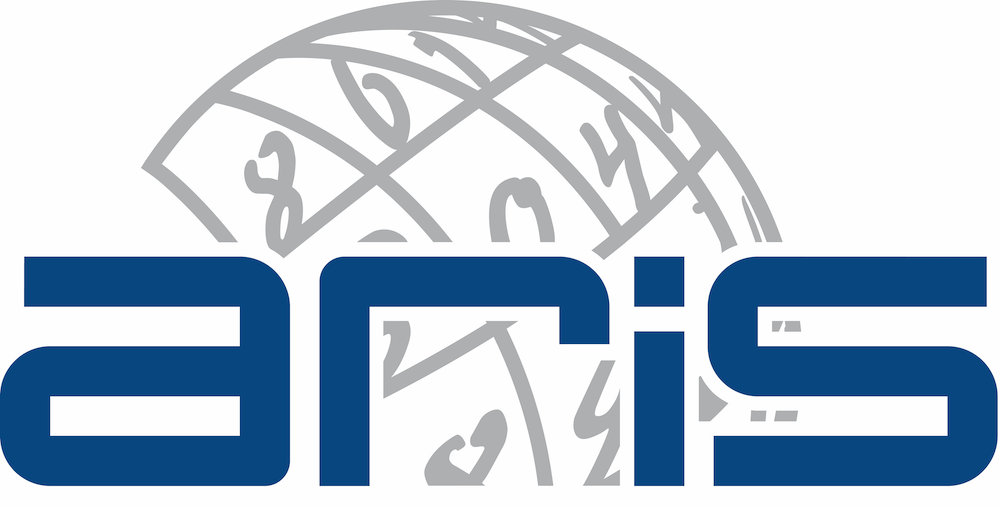Journal of Information Technology in Construction
ITcon Vol. 30, pg. 1659-1679, http://www.itcon.org/2025/68
Holistic framework for soft costs in BIM-based construction projects
| DOI: | 10.36680/j.itcon.2025.068 | |
| submitted: | June 2025 | |
| revised: | October 2025 | |
| published: | October 2025 | |
| editor(s): | Turk Z | |
| authors: | Abdelrahman M. Farouk, Ph.D. Candidate
Faculty of Civil Engineering Technology, University Malaysia Pahang Al-Sultan Abdullah, Kuantan, Malaysia abdelrahman.mfarouk@gmail.com Ahmad Tarmizi Haron, Associate Professor Faculty of Civil Engineering Technology, University Malaysia Pahang Al-Sultan Abdullah, Kuantan, Malaysia ahmadtarmizi@umpsa.edu.my Eleni Papadonikolaki, Associate Professor Department of Materials, Mechanics, Management & Design, Delft University of Technology, Netherlands e.papadonikolaki@tudelft.nl Rahimi A. Rahman, Associate Professor, Visiting Professor* (corresponding author) Faculty of Civil Engineering Technology, University Malaysia Pahang Al-Sultan Abdullah, Kuantan, Malaysia, *Faculty of Graduate Studies, Daffodil International University, Dhaka, Bangladesh arahimirahman@umpsa.edu.my | |
| summary: | Implementing Building Information Modeling (BIM) brings efficiencies to construction projects, yet evaluating the associated soft costs remains challenging. This study aims to develop and validate a framework for soft cost elements (SCEs) in BIM-based construction projects. A systematic literature review (SLR) and thematic analysis initially identified 31 SCEs, which were subsequently organized using framework analysis by project phase (planning, preconstruction, construction, and post-construction) and time category (discrete vs. continuous). Inter-rater reliability for the categorization reached 81.3%. Expert validation (n = 16) refined the framework and added seven BIM-specific SCEs, resulting in a total of 38. Theoretically, the framework extends soft-cost theory into the digital domain by modeling BIM-specific remuneration and overheads and by introducing a phase–time structure that explains when and how soft costs arise. Practically, it is operationalized as a decision tool: owners and quantity surveyors can use it as a checklist to create explicit budget lines, scope BIM roles, and update cadences in contracts, and monitor continuous costs monthly while tying discrete costs to milestones, thereby improving estimation accuracy, return-on-investment assessment, and risk control across the project lifecycle. To our knowledge, this is the first validated, phase–time SCE framework for BIM-based construction projects. | |
| keywords: | building information modeling (BIM), systematic review, soft cost, framework | |
| full text: | (PDF file, 0.695 MB) | |
| citation: | Farouk A M, Haron A T, Papadonikolaki E, Rahman R A (2025). Holistic framework for soft costs in BIM-based construction projects, ITcon Vol. 30, pg. 1659-1679, https://doi.org/10.36680/j.itcon.2025.068 | |
| statistics: |





